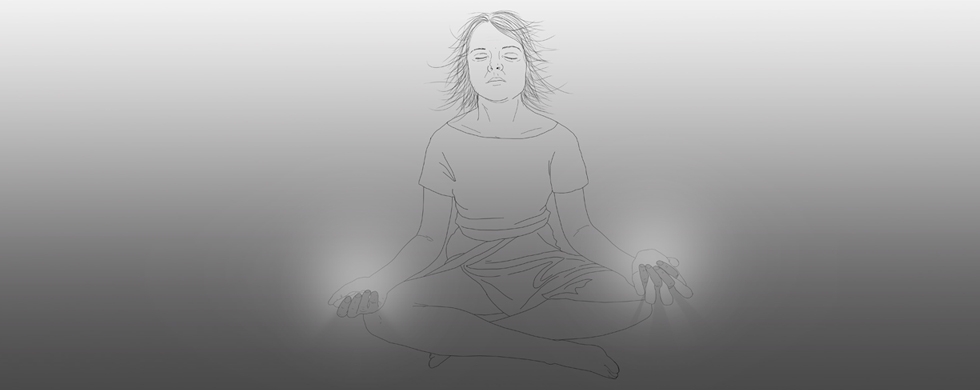Fighting Panic
Fighting Panic with Haptics! - A designer’s approach on how to create products for mental health
Summary
Panic attacks is a relatively common problem; among one third of all people have had one during the past year alone (Carlbring and Hanell, 2011). The symptoms of a panic attack include palpitations, accelerated heart rate, shortness of breath, fear of losing control and fear of dying. The current treatments for panic attacks are cognitive behavioural therapy and medication (antidepressants and anxiolytics), but there is a shortage of non-pharmaceutical treatment options.
The master’s thesis project Fighting panic with haptics! intended to investigate the possibilities of creating a product that in some way helps against panic attacks. The investigation included a survey and in depth interviews with individuals suffering from panic attacks as well as literature studies and interviews with experts treating people with panic attacks. The analysis had a productification focus and the main problem was framed to be the internal focus on symptoms and anxious thoughts. A potential issue in creating a product against panic attacks is that a “safety behaviour” is created which is something that at first glance seems to lessen the panic, but in reality just maintains the fear for what is perceived as a threat. The desired effect of a future product is thus to break the internal focus by including the external world through a sensory input, while at the same time, give space for acceptance of one’s panic attacks and reflection in order to process them so to not create a safety behaviour.
Three concepts were created to tackle different issues in panic attacks: distraction from focus on symptoms, comfort to recover faster and externalisation for reflection on one’s reactions by mimicking the reactions in a product. Evaluation tests with individuals with experience of panic attacks were done in which they experienced models of the concepts in a non-panic situation and evaluated whether they thought they could be helpful in a panic attack
The results showed that individual preferences exist and the participants believed in the distraction and comforting concepts whereas the externalisation concept was more difficult to understand from the experience of the model. However, when explaining the idea, also this concept seemed promising.
The idea was never to choose the “best” concept, but rather to cover a larger part of the panic attack cycle and to show that the preferences and specific symptoms and problems differ enormously between individuals and that one size does not fit all, but instead offer a range of products where the individual can choose.
Skriv ut ![]()


